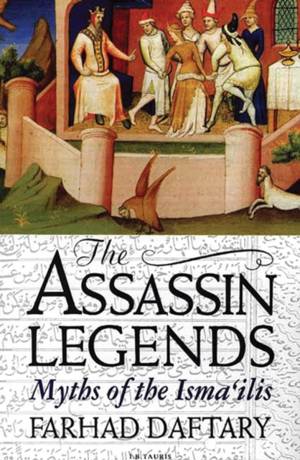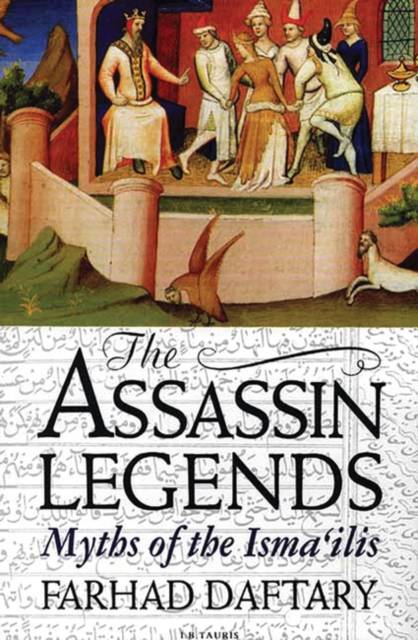
- Afhalen na 1 uur in een winkel met voorraad
- Gratis thuislevering in België vanaf € 30
- Ruim aanbod met 7 miljoen producten
- Afhalen na 1 uur in een winkel met voorraad
- Gratis thuislevering in België vanaf € 30
- Ruim aanbod met 7 miljoen producten
Zoeken
Omschrijving
For hundreds of years Westerners have been fascinated by stories of the Assassins, their mysterious leader and their remote mountain stronghold at Alamut in Northern Iran. The legends first emerged in the 12th and 13th centuries, when Crusaders in Syria came into contact with the Nazari Isma'ilis, one of the communities of Shi'ite Islam who, at the behest of their leader Hassan Sabaa (mythologized as the "Old Man of the Mountain"), engaged in dangerous missions to kill their enemies. Elaborated over the years, the tales culminated in Marco Polo's claim that the "Old Man" controlled the behaviour of his self-sacrificing devotees through the use of hashish and a secret garden of paradise. So influential were these tales that the word "assassin" entered European languages as a common noun meaning "murderer". Daftary traces the origins and early development of the legends - as well as investigating the historical context in which they were fabricated and transmitted. As such, this book reveals an extraordinary programme of propaganda rooted in the medieval Muslim world and medieval Europe's ignorance of this world.
This book also provides the first English translation of French orientalist Silvestre de Sacy's famous 19th-century "Memoir" on the Assassins.
This book also provides the first English translation of French orientalist Silvestre de Sacy's famous 19th-century "Memoir" on the Assassins.
Specificaties
Betrokkenen
- Auteur(s):
- Uitgeverij:
Inhoud
- Aantal bladzijden:
- 224
- Taal:
- Engels
Eigenschappen
- Productcode (EAN):
- 9781850439509
- Verschijningsdatum:
- 15/07/1995
- Uitvoering:
- Paperback
- Formaat:
- Trade paperback (VS)
- Afmetingen:
- 155 mm x 235 mm
- Gewicht:
- 353 g

Alleen bij Standaard Boekhandel
+ 101 punten op je klantenkaart van Standaard Boekhandel
Beoordelingen
We publiceren alleen reviews die voldoen aan de voorwaarden voor reviews. Bekijk onze voorwaarden voor reviews.








